This Grevillea is commonly known as the ‘Spiny Cream Spider Flower’ and is very aptly named. The leaves have needle like points and the whole plant makes a wonderful dense prickly shelter for small birds.
These photos were taken in the Illawarra Grevillea Park, I also have a grafted Grevillea anethifolia growing happily in my own garden.
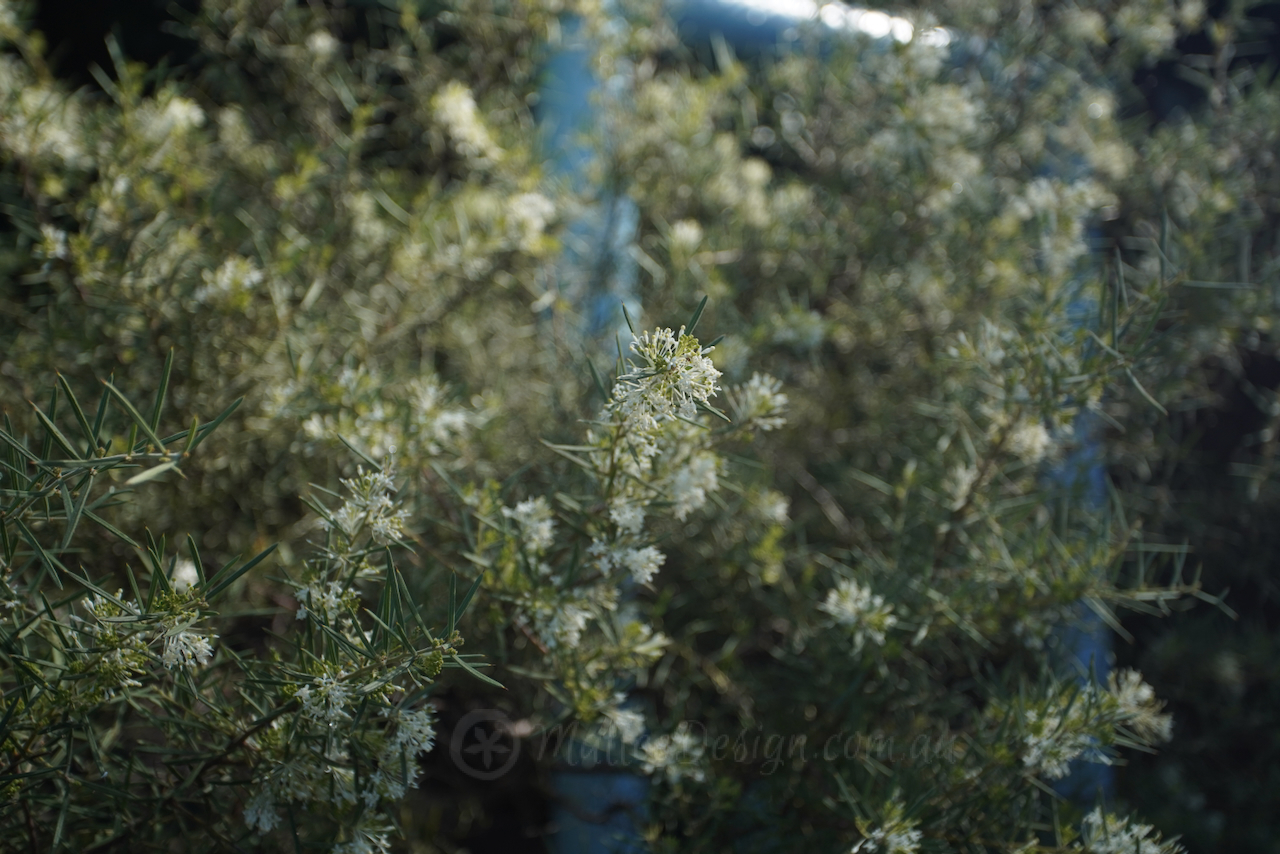
Grevillea anethifolia is classed as a medium shrub reaching 2m tall by 1-2m wide. It is a native species with a widespread occurrence from southern WA and SA up into inland NSW. It can be found growing on rocky hills, open flat plains and mallee shrub land. It does prefer good drainage in sandy to sandy loam soils, luckily mine is grafted onto Grevillea robusta root stock so my clay soil is not an issue.
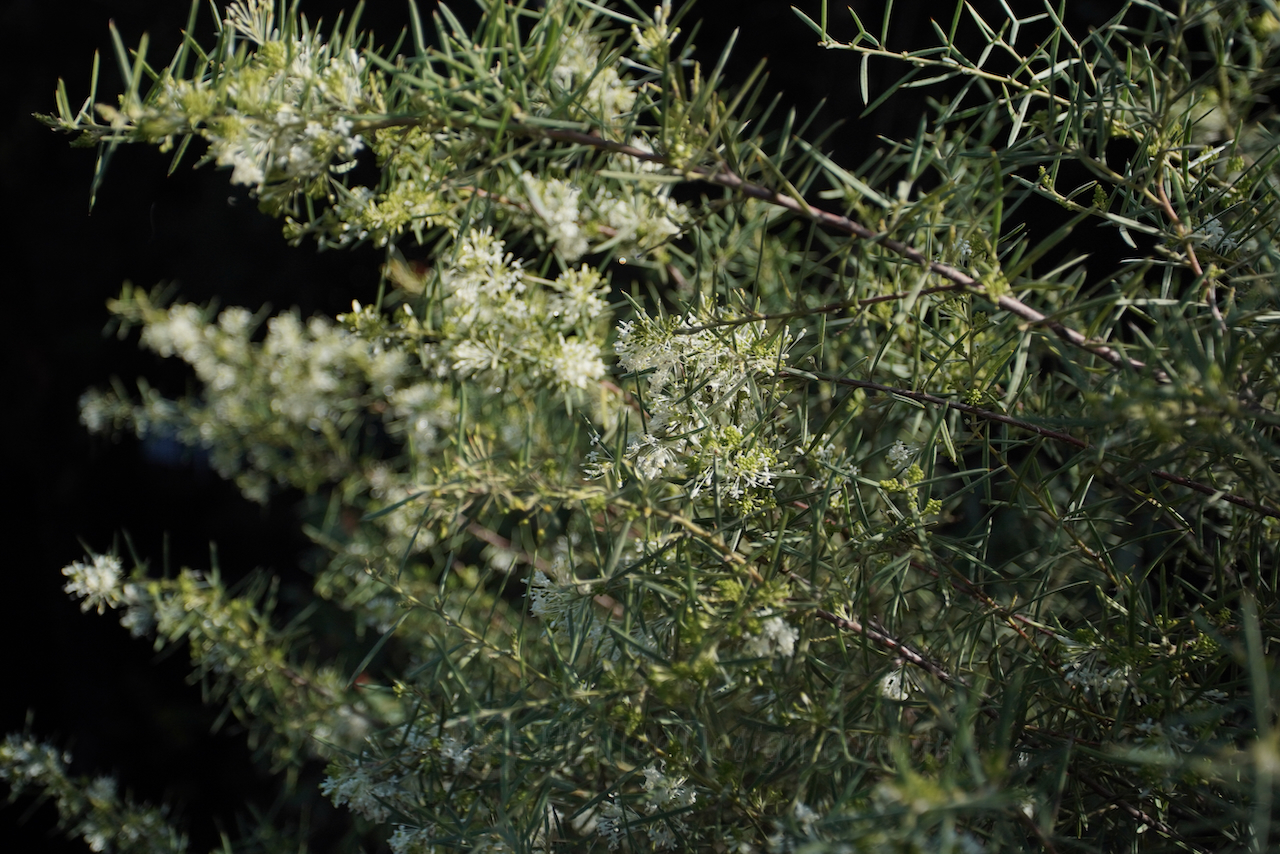
I particularly like the structure of the grey green leaves, from a distance when not in flower Grevillea anethifolia appears quite soft and fluffy, especially when lit up from background sunlight.
The foliage is quite prickly so best planted away from walkways, this also ,means it is not a suitable playground plant and should be kept away from people with delicate skin. It responds well to pruning and can be clipped into a hedge or screening.
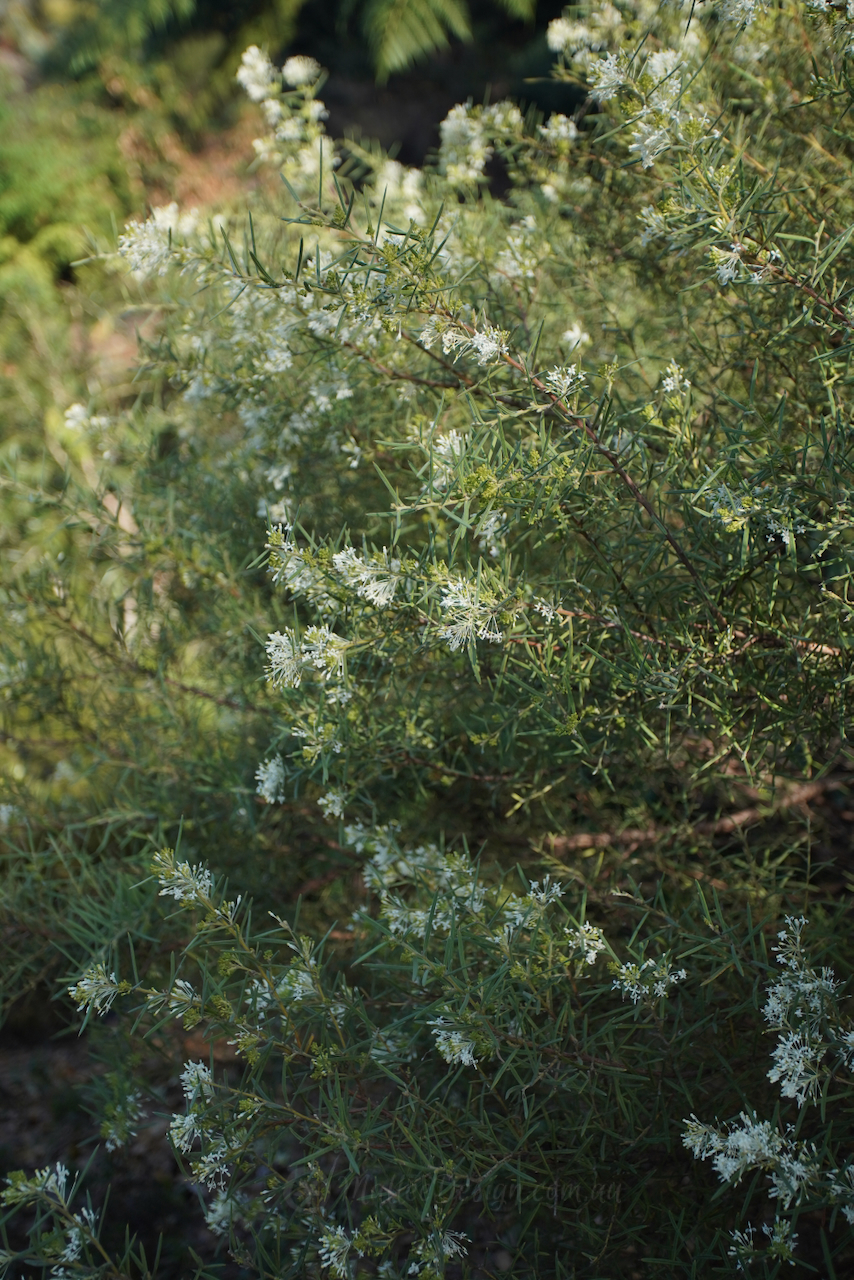
Grevillea anethifolia is found naturally in dry areas, usually inland but can be found on the coast in WA. Being an inland species means it is hardy in reasonably heavy frosts, but it does enjoy an open sunny position.
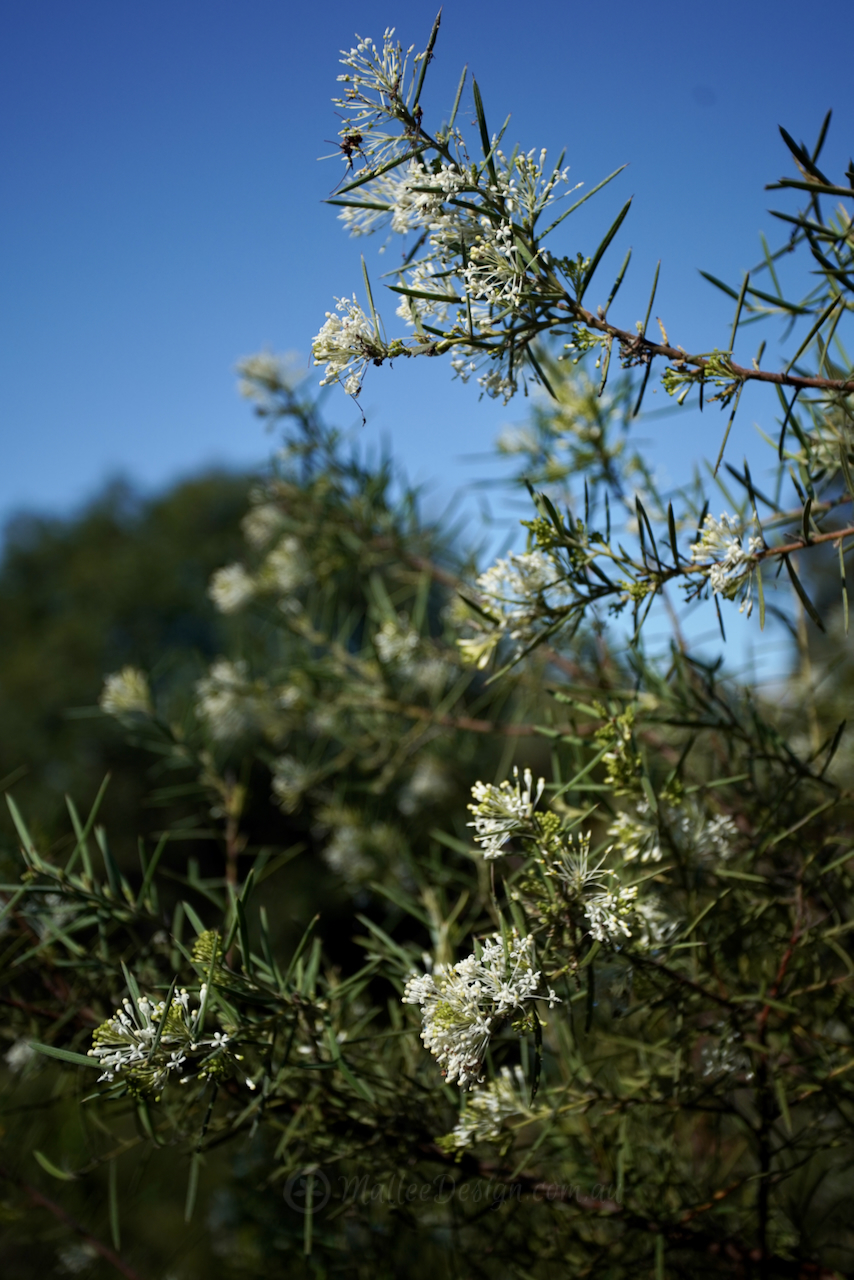
Once established it does not require extra watering making it an excellent drought tolerant species. I have found that it needed staking in strong winds, however a few prunes seem to have strengthen the habit and allowed the root system to stabilise better in relation to the foliage.
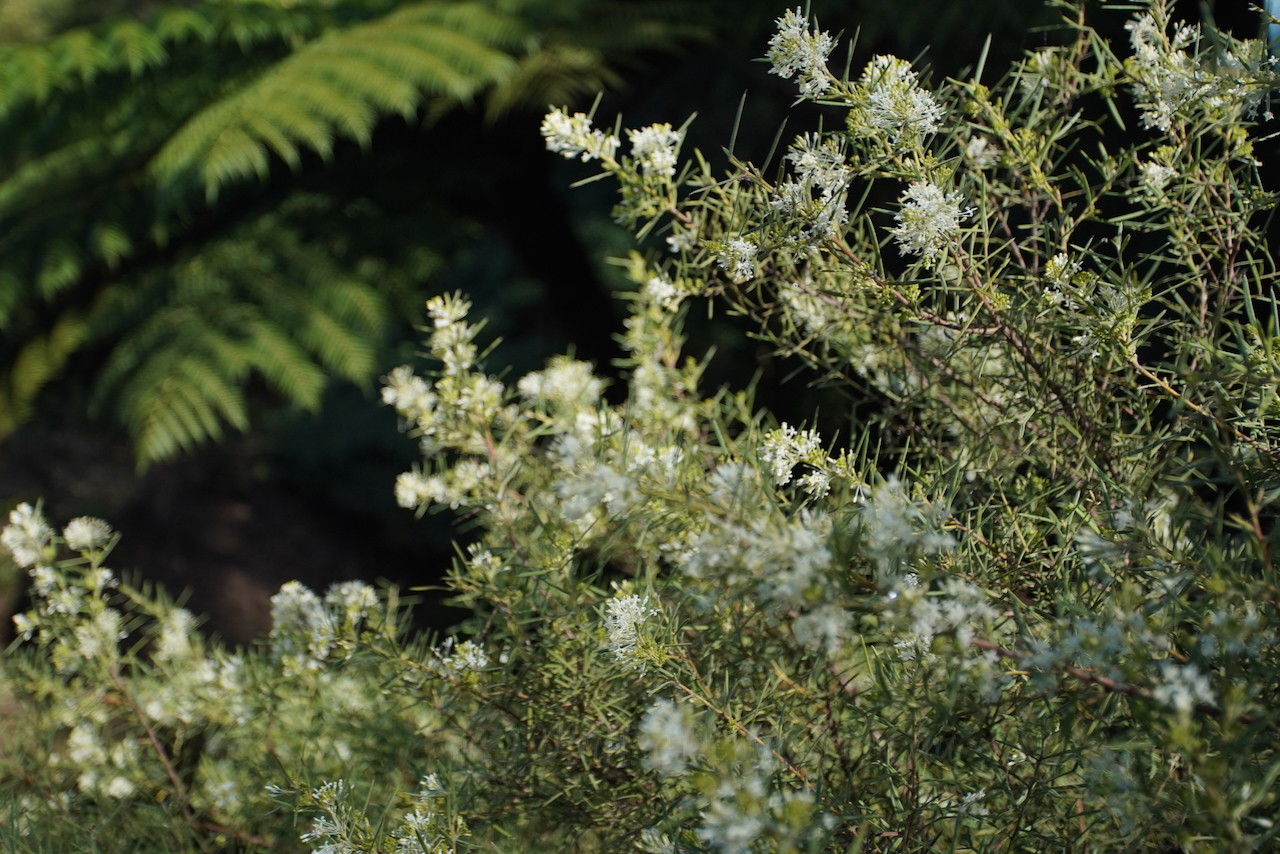
The flowers attract native pollinators and are said to also attract butterflies, although we haven’t witnessed any yet. It would be great to hear from anyone growing this species if they have found it to be particularly attractive to butterflies?
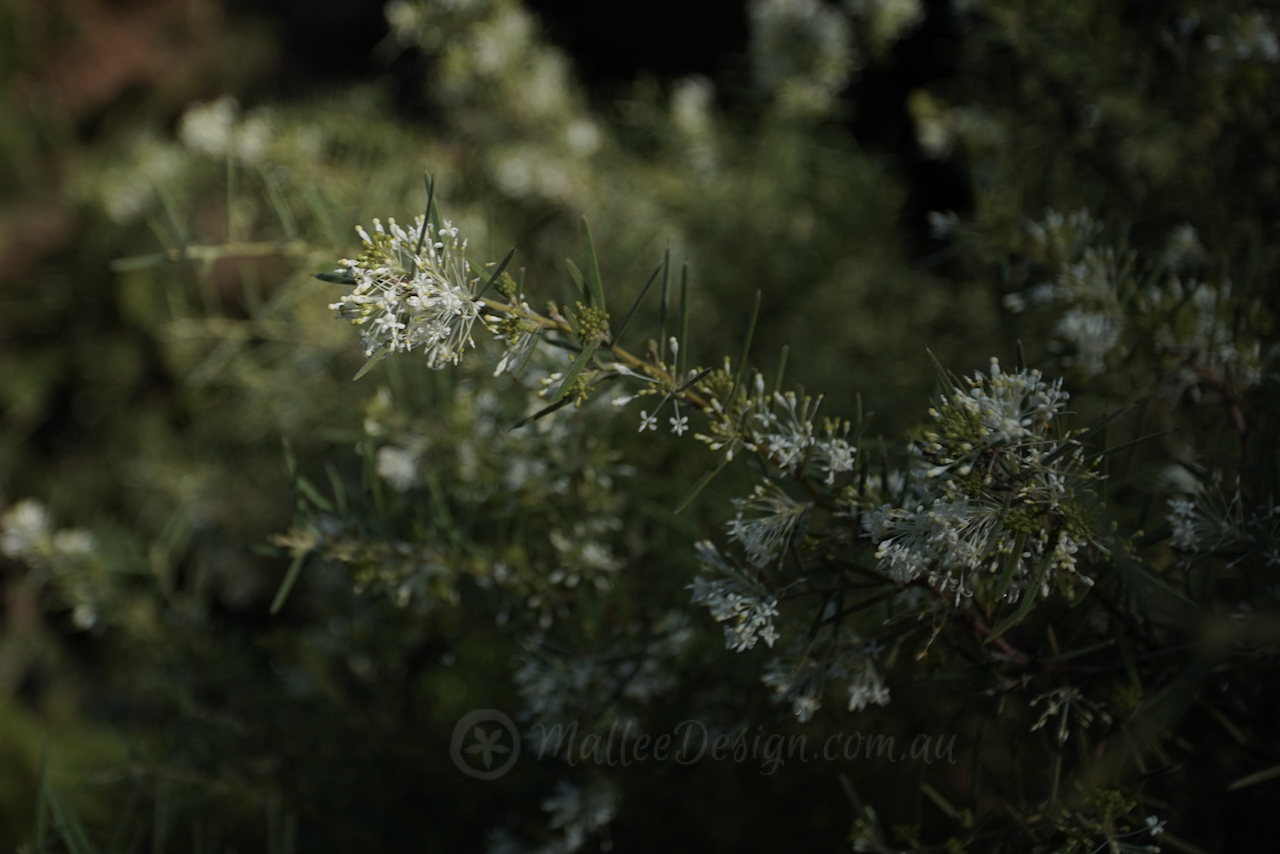
Sometimes this plant will form rhizomes and sucker into disturbed ground, this can sometimes be beneficial to cover more space, but also is not present in all plants. As I am growing a grafted species this is not an issue but again it would be lovely to hear others experiences?
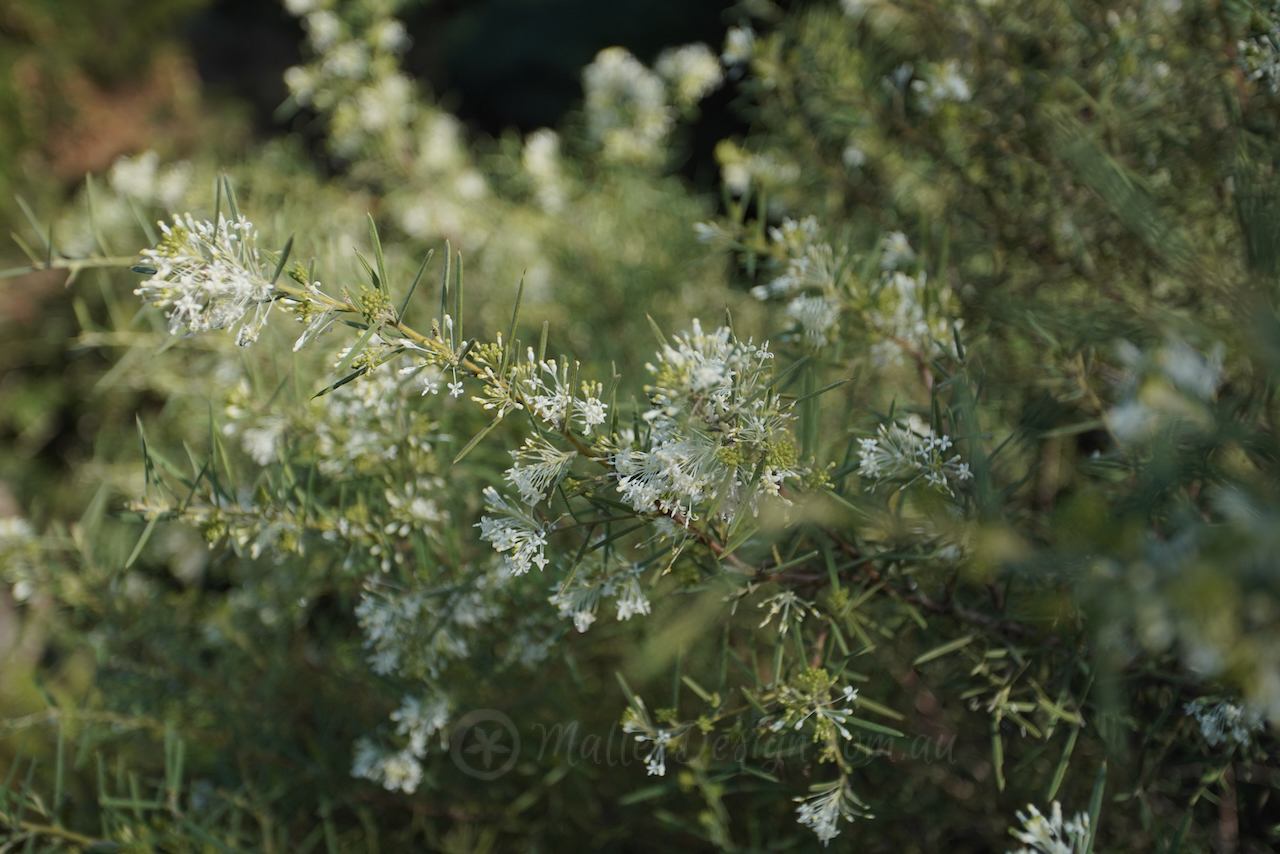


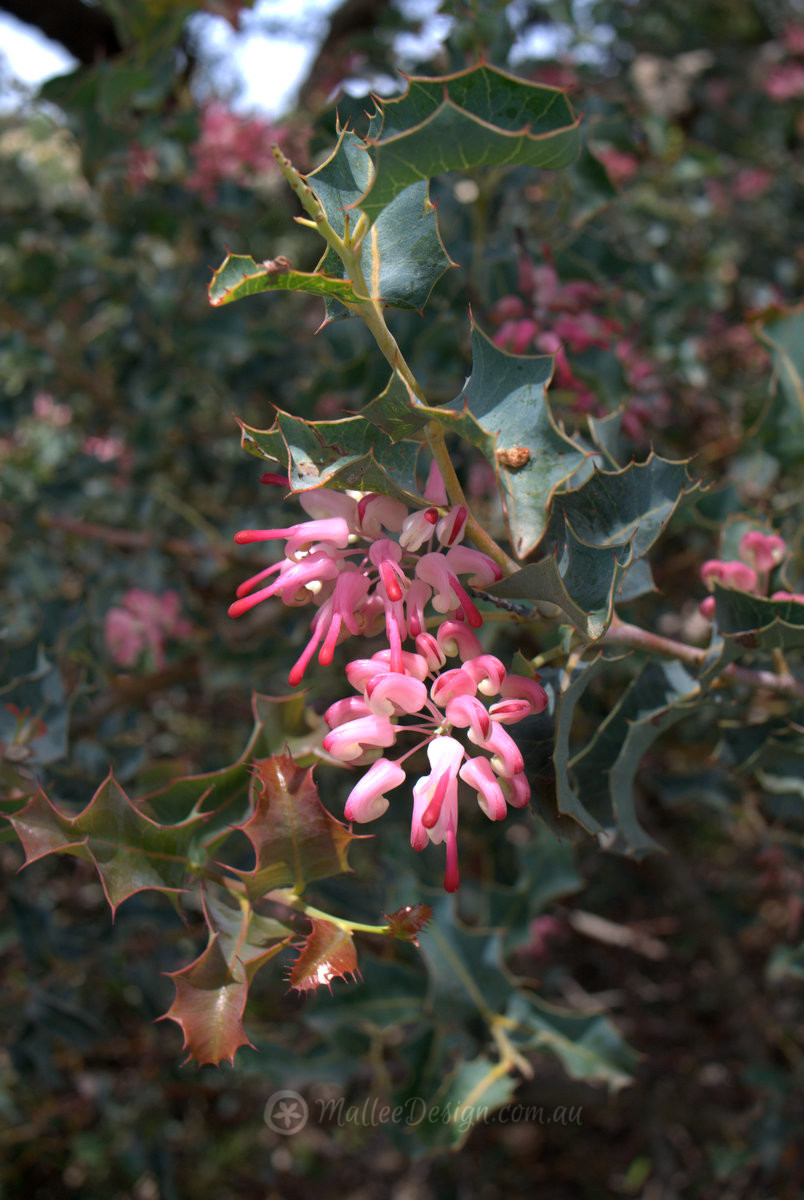
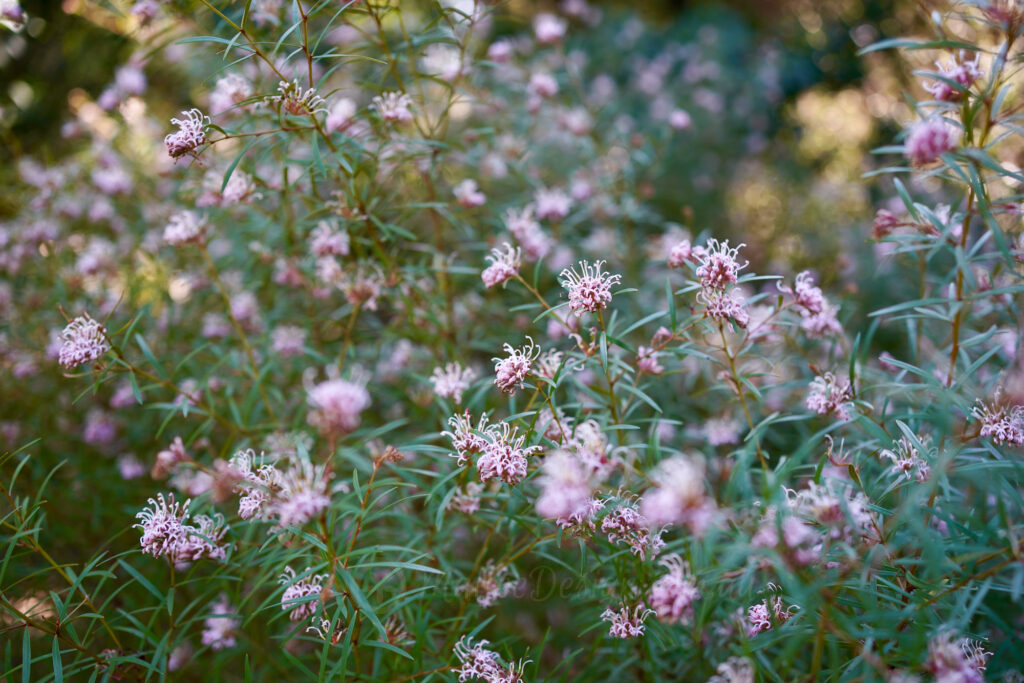
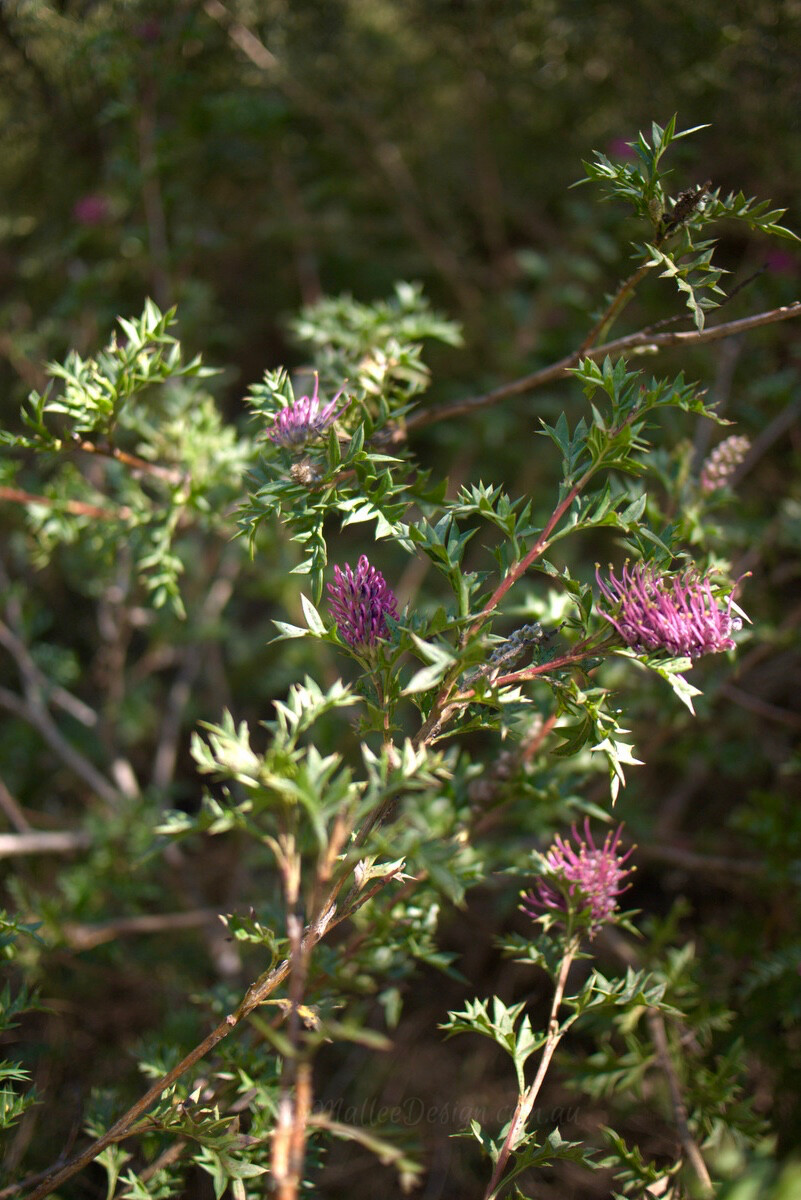

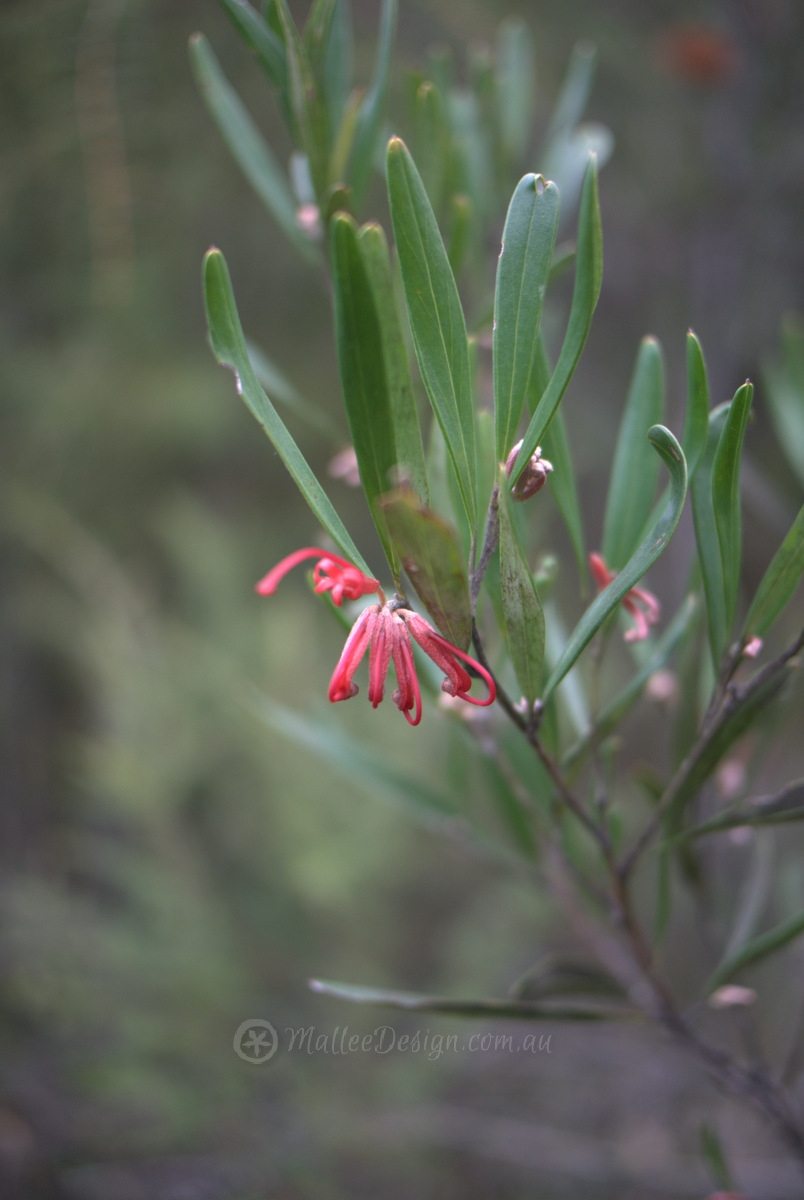
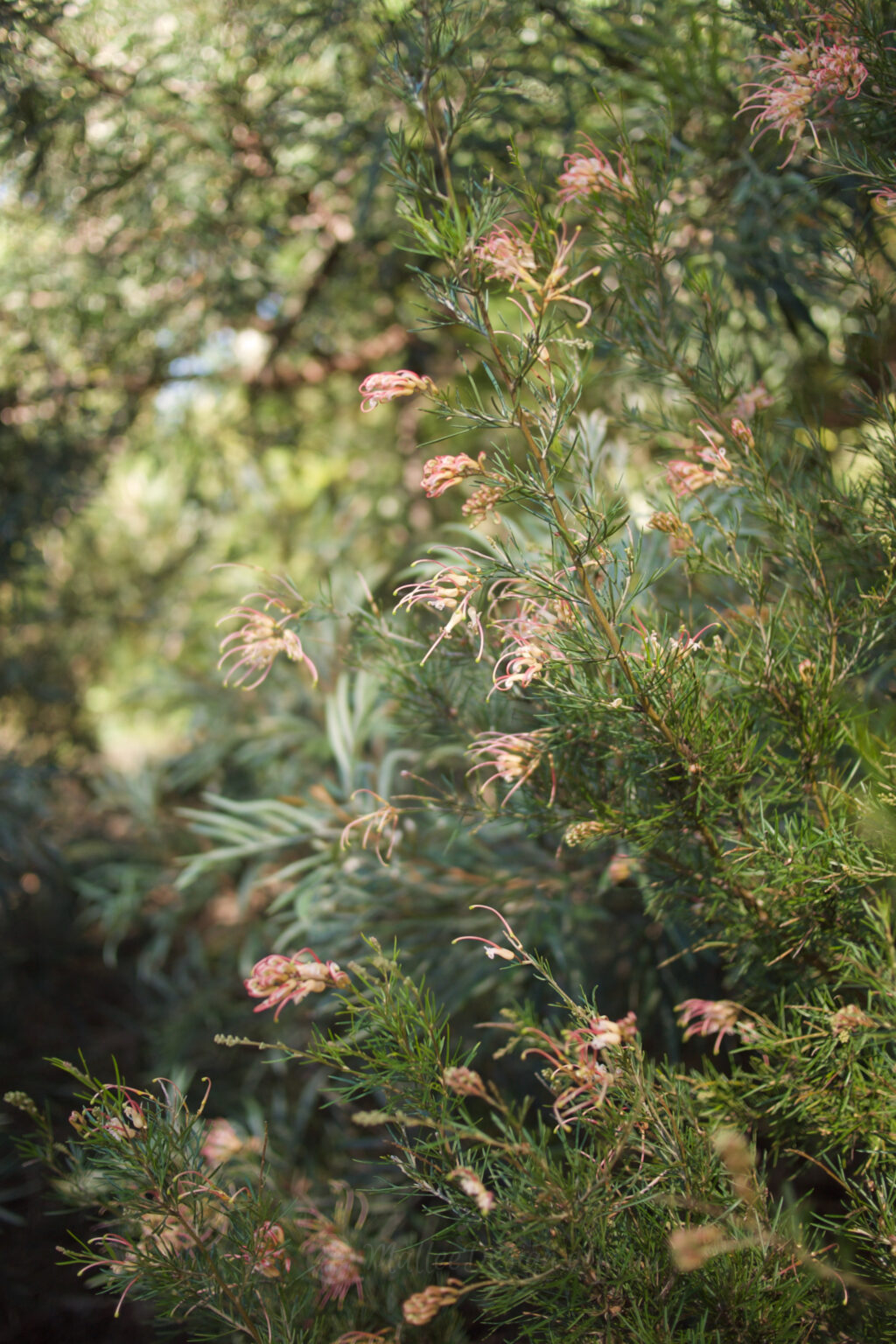
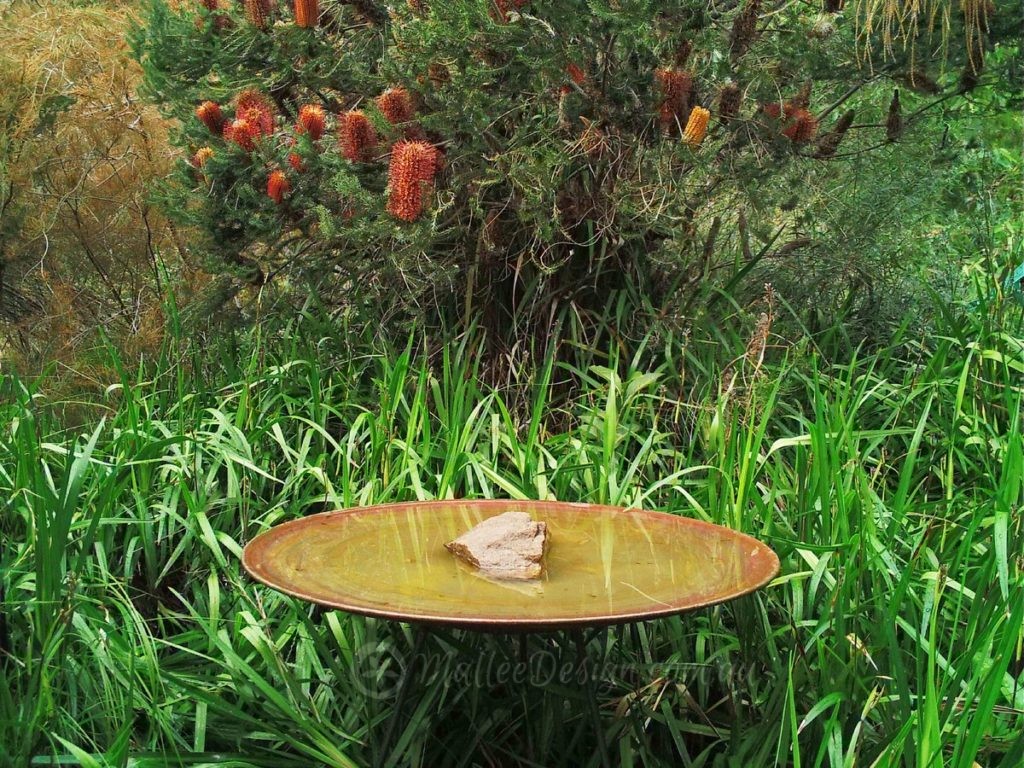
Leave a Reply